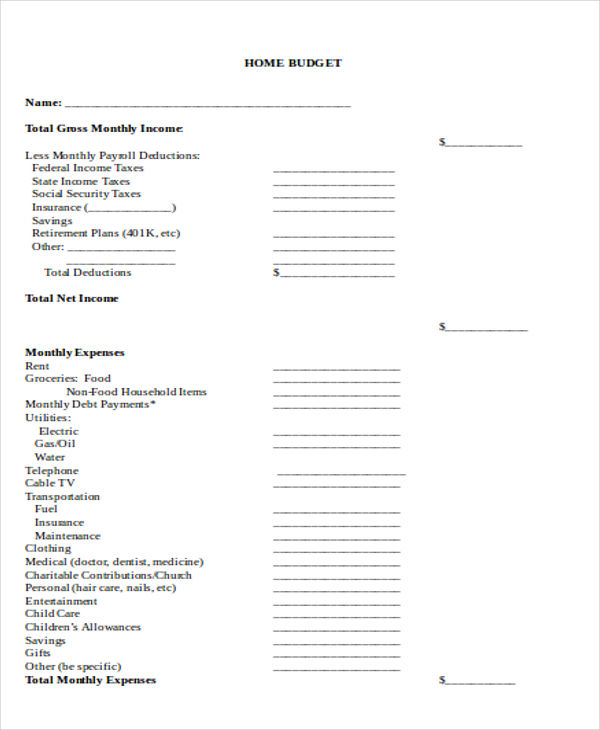
Six months have passed and 60,000 USD has been spent. The budget of the project is 100,000 USD. You have a project to be completed in 12 months. Take the actual percentage of the completed work and multiply it by the project budget and you will get the Earned Value.Įarned Value = % of completed work X BAC (Budget at Completion). The formula to calculate Earned Value is also simple. Planned Value shows you how much value you have planned to earn in a given time, while Earned Value shows you how much value you have actually earned on the project. There is a difference between Planned Value and Earned Value.

If the project is terminated today, Earned Value will show you the value that the project has produced.Īs per the PMBOK Guide, “Earned Value (EV) is the value of work performed expressed in terms of the approved budget assigned to that work for an activity or WBS component.”Īlthough all three elements have their own significance, Earned Value is more useful because it shows you how much value you have earned from the money you have spent to date.Įarned Value is also known as the Budgeted Cost of Work Performed (BCWP). Earned Value is the value of the work actually completed to date. This is the third and last element of earned value management. Application of Actual Cost (AC)Īctual Cost is used to calculate Cost Variance and Cost Performance Index. In the question, you have spent 60,000 USD on the project so far. The Actual Cost is the amount of money that you have spent so far. Six months have passed and 60,000 USD has been spent, but on closer review, you find that only 40% of the work has been completed so far. It is an amount that has been spent and you can find it easily in the question. There is no special formula to calculate the Actual Cost. The Formula for Actual Cost (AC)įinding Actual Cost is the simplest of all. Simply put, it is the amount of money you have spent to date.Īs per the PMBOK Guide, “Actual Cost (AC) is the total cost actually incurred in accomplishing work performed for an activity or WBS component.”Īctual Cost is also known as Actual Cost of Work Performed (ACWP). Actual Cost is the total cost incurred for the actual work completed to date. This is the second element of earned value management. Planned Value is used to calculate Schedule Variance and Schedule Performance Index. Therefore, the project’s Planned Value (PV) is 50,000 USD. Planned Value = 50% of the value of the total work In this case, we should have completed 50% of the total work. Planned Value is the value of the work that should have been completed so far (as per the schedule). Percent complete: 50% (as per the schedule) What is the project’s Planned Value (PV)? Six months have passed and the schedule says that 50% of the work should be completed. Planned Value = (Planned % Complete) X (BAC) Take the planned percentage of the completed work and multiply it by the project budget and you will get Planned Value. The formula to calculate Planned Value is simple. Planned Value is also referred to as Budgeted Cost of Work Scheduled (BCWS). The total Planned Value for the project is known as Budget at Completion (BAC). You calculate Planned Value before actually doing the work, which also serves as a baseline.

It is the value that you should have earned as per the schedule.Īs per the PMBOK Guide, “Planned Value (PV) is the authorized budget assigned to work to be accomplished for an activity or WBS component.” Planned Value is the approved value of the work to be completed in a given time. This is the first element of earned value management.


The calculations for finding Planned Value, Earned Value, and Actual Cost are simple, and once you understand them, the rest will be simple.Īlthough I’m going to explain them thoroughly, I suggest you obtain a good PMP exam reference book for further reading and practice questions. Therefore, understand the concepts well before proceeding further. If you miss any step or don’t understand the concept, further calculations will be very difficult for you, and you may have problems with understanding more advanced cost management concepts. Therefore, I request you go through every step thoroughly. From this point onward, you’re going to see mathematical calculations. We are going to look at these elements in detail. I have discussed earned value management in my previous blog post in detail and also provided a short brief of its three elements: Planned Value (PV), Actual Cost (AC), and Earned Value (EV).


 0 kommentar(er)
0 kommentar(er)
